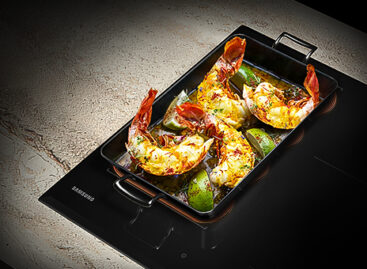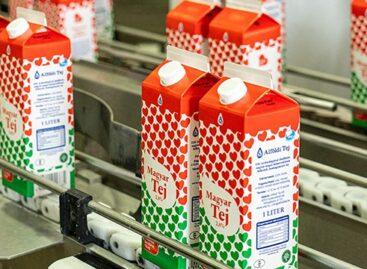Comfort above all
Convenience products are prepared, semi-prepared or ready-to-cook foods that make cooking easier or simpler. NMS Hungary wanted to know how the consumption of convenience products has changed over the last year and why people purchase different products in this category.

This article is available for reading in Trade magazin 2024/6-7

Guest writer:
Norbert Strobán
market research specialist
NMS Hungary
Our representative survey of 500 people shows that 9 out of 10 respondents buy these products and 52% of people purchase about the same quantity as a year ago. More people have reduced their consumption of convenience products than increased it if compared to last year. Consumers who purchase more convenience products than a year ago typically belong to the under-45 age group. Nearly half of those who buy roughly the same amount of convenience products are also under 45, but there is a significant presence of people aged 56 to 65: a quarter of them are in this age group. 40% of those who purchase fewer convenience products than a year ago are aged 56 and over.
Breaded products are the most popular
The survey analysed two groups of products: convenience products, i.e. products that make cooking easier, and ready-to-eat or almost ready-to-eat products (which only need to be heated in the microwave or put in boiling water). The most frequently purchased convenience products are frozen breaded meats, breaded fried cheese, French fries and various side dishes, while the most frequently purchased ready-to-eat or almost ready-to-eat products are soups, pasta dishes, pizza and lasagne. A little more than half of respondents – mostly women – consider ready meals to be less healthy than home-made food, mainly because of the preservation and the artificial ingredients, while 38% – mostly men – think they are almost as healthy as home-made food, possibly only losing some vitamins and freshness during processing. The quality of ready meals is considered lower by every other consumer, due to their preservative and artificial ingredient content.
Saving time is a priority
Whether we talk about prepared or ready-made food, the main argument for buying them is the same for both types of products: they save time – as people don’t have the time to prepare the food in the traditional way – making the preparation process easier and faster. However, a significant difference is that while two-thirds of those who purchase the semi-prepared category to save time are women and the 56-65 age group is more dominant, men are in the majority for 35% of the prepared category, with the 35-65 age group being the most significant. Shoppers younger than 45 years consume convenience products at least once a week or more often. The survey has found that just over a third of respondents prefer the flavours of Hungarian cuisine when buying convenience products; a quarter like Chinese flavours, while 1 in 5 consumers prioritise Italian cuisine. NMS Hungary’s research shows that today not everyone has the time or energy to cook, and convenience products are very popular even if most people reckon they are less healthy. //
Related news
The future of AI agents: key predictions and trends for 2026
🎧 Hallgasd a cikket: Lejátszás Szünet Folytatás Leállítás Nyelv: Auto…
Read more >How to prepare Christmas dinner on the kitchen stove?
🎧 Hallgasd a cikket: Lejátszás Szünet Folytatás Leállítás Nyelv: Auto…
Read more >Related news
Crowds return to stores: margin cap and year-end preparations drive retail traffic
🎧 Hallgasd a cikket: Lejátszás Szünet Folytatás Leállítás Nyelv: Auto…
Read more >The kings of the New Year’s Eve list: hot dogs and champagne in abundance
🎧 Hallgasd a cikket: Lejátszás Szünet Folytatás Leállítás Nyelv: Auto…
Read more >The Alföldi Tej case is drifting towards an uncertain outcome
🎧 Hallgasd a cikket: Lejátszás Szünet Folytatás Leállítás Nyelv: Auto…
Read more >






